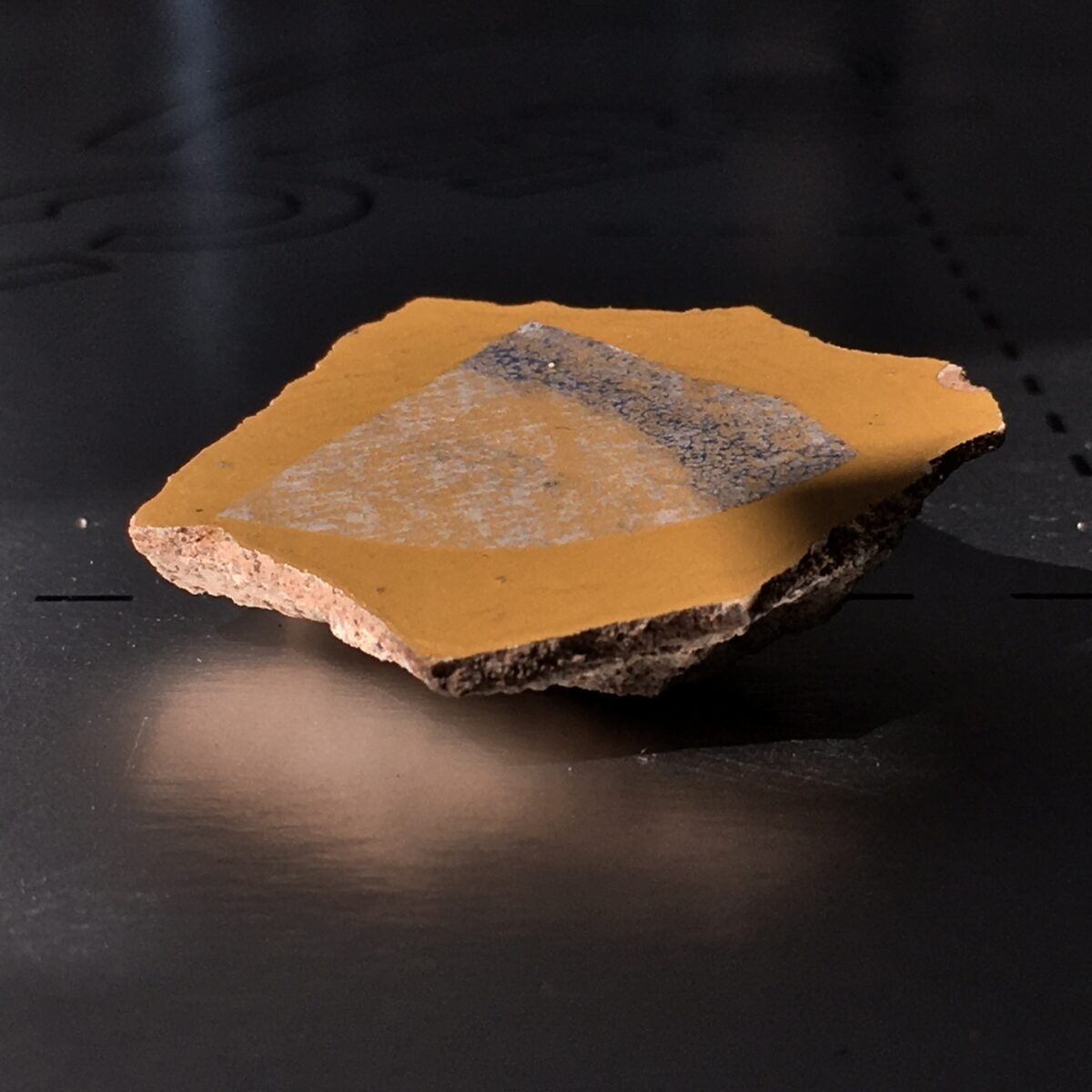Our 2020 Artist-In-Residence Janet Tryner has reflected on her residency with us and how it has impacted her creative practice…
Packing up into a single blog of around 1,000 words of over a year’s experience of being graduate artist in residence at Coventy ArtSpace, a phase for which I will ever be grateful, which officially ended in February with my exhibition, Library of Litter, at ArtSpace Arcadia Gallery in Coventry, is quite a task, but I shall try! This residency was important to me and affected my practice in diverse ways.
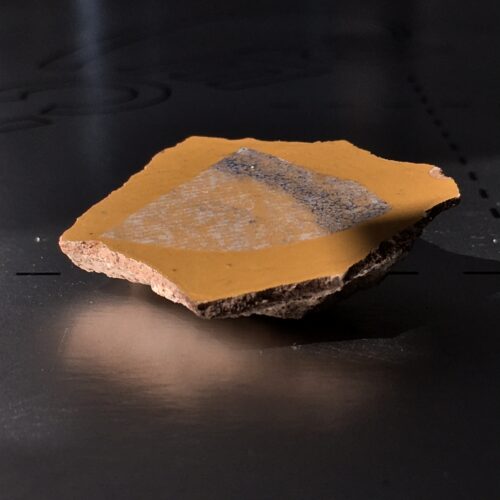
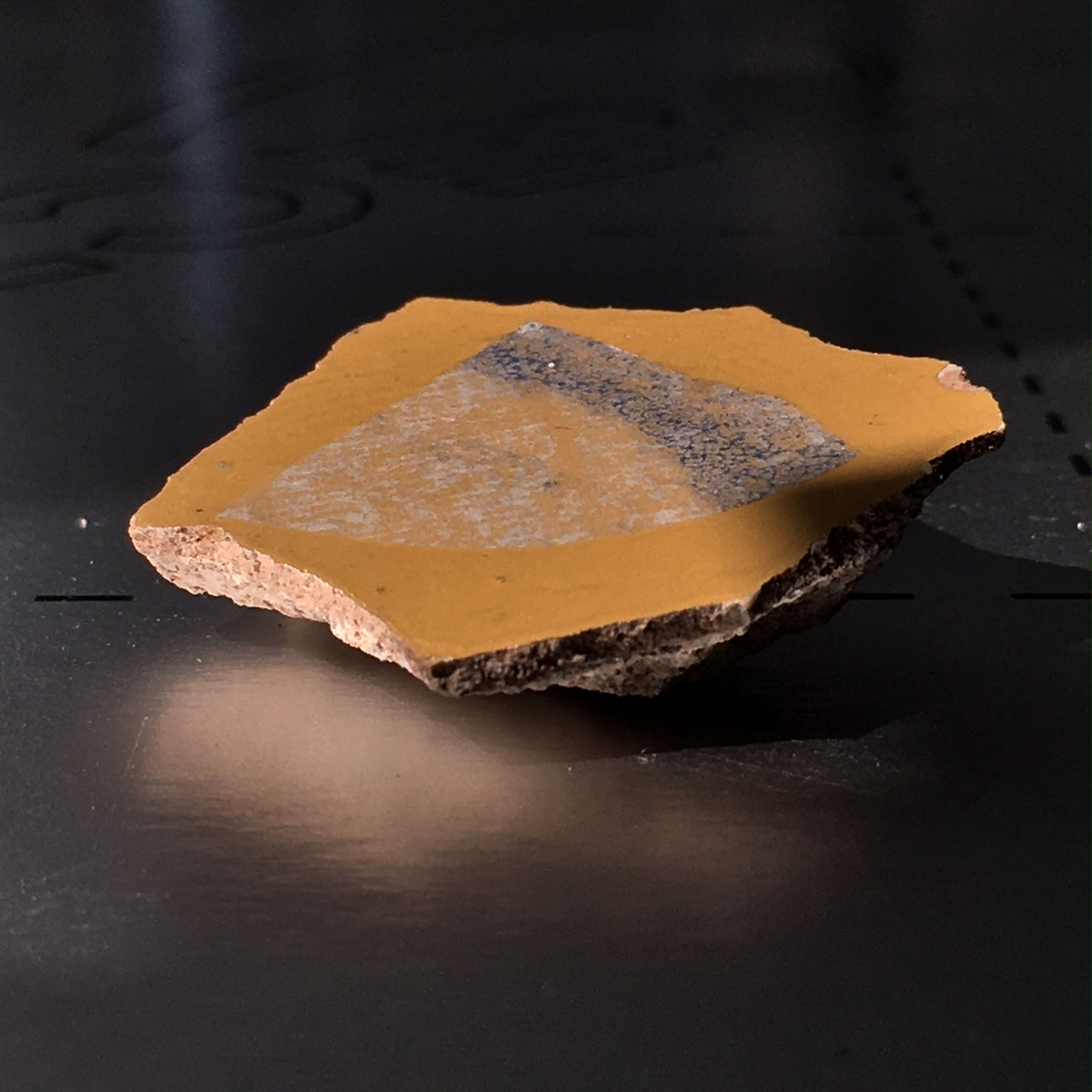
- The ‘Good thing about shows is that they help set up the next area for investigation’ – Gavin Wade, Eastside Projects, from a recent zoom.
Firstly, the last thing about the residency: the exhibition. Undoubtedly, there are good things and bad things about exhibiting anyway, but the pandemic lockdown during January and February threw up a whole slew of obstacles and cause me to share my work in strange ways, far from how I had originally intended, with extra barriers put in place between the audience and the work and me. I feel I should admit that, at times, I got to the point of not wanting my work seen because of the health risks. A few times, when I was actually in the gallery space I found myself hiding behind the display because I wasn’t sure if we should be conversing, although when we did, it seemed to be a pleasure all round. So, when in fact a show is supposed to shorten distances, there has been great distance.
Ultimately, although I made my exhibition available digitally – https://www.janettryner.com/gallery.html – I found this digital form frustrating because I missed the complexities and porosity of beings in spaces, and so I was driven to find other ways to engage in real space besides the gallery windows. AR floor stickers which were literally underfoot, and soundwalks which are pretty much me chatting into ears. Neither of them, I feel, replace actually ‘being there’ but, through the experience of finding new ways to navigate art I discovered other ways to make my art and this will undoubtedly feed into further work.
So, having progressed through this particular set of complexities I learned a great deal about showing work. In terms of research, from the start of the residency to I wanted to work with small things I found on Coventry streets. Bits and bobs of detritus mainly. To use these as a filter through which to think about vernacular as a soul of a city, urban ecosystems, how land is perceived and apportioned, and about the lives of other beings we share it. In taking care to notice, I became entranced by the organic inhabitants of Coventry and more grateful for the impact they, and the many creatures that live with them, have on places. Nevertheless, as I look back on my research and make more art about the realisation is that I am more and more concerned about omission and how the choices made during exploration affect what is made now. It is possible that this will inform further investigation, more than wanting to go back and make the work that I would have made before the pandemic.

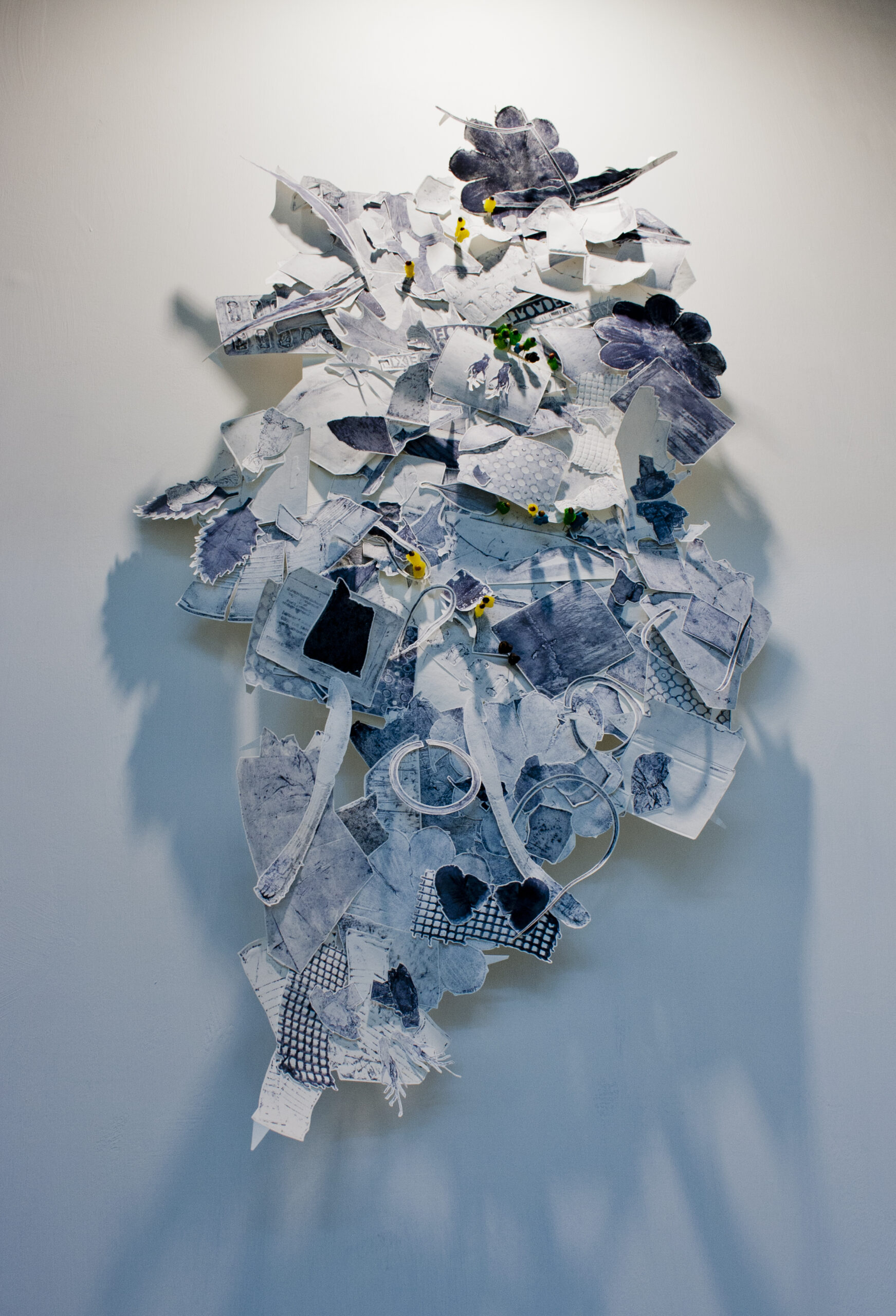
- Small pieces
Small pieces
Untitled
Shining species.
Old pieces
Unsighted,
With unflinching creases.
- There is a fog, there is a fog.
My personal demon when it comes to art, and one that both my degree and this residency have helped me test ways of overcoming, is a struggle with too many ideas that loom suddenly, and frequently, out of a fog which is itself made up out of old tangents. Often I fear time is being wasted on bad ideas. Over the last couple of years, I have realised that some ideas must be supressed to let others that are more complex emerge, therefore learning to be patient and let these surface slowly, maybe several times over, has been invaluable.
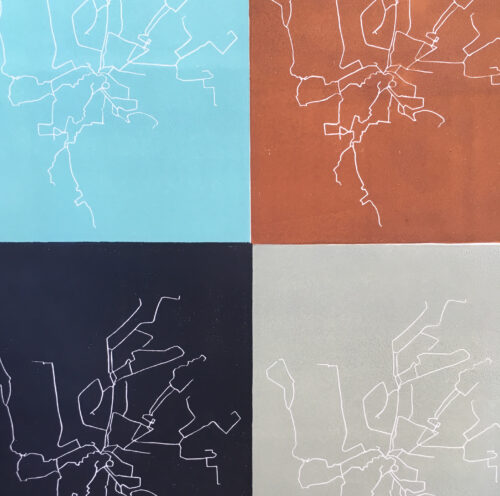
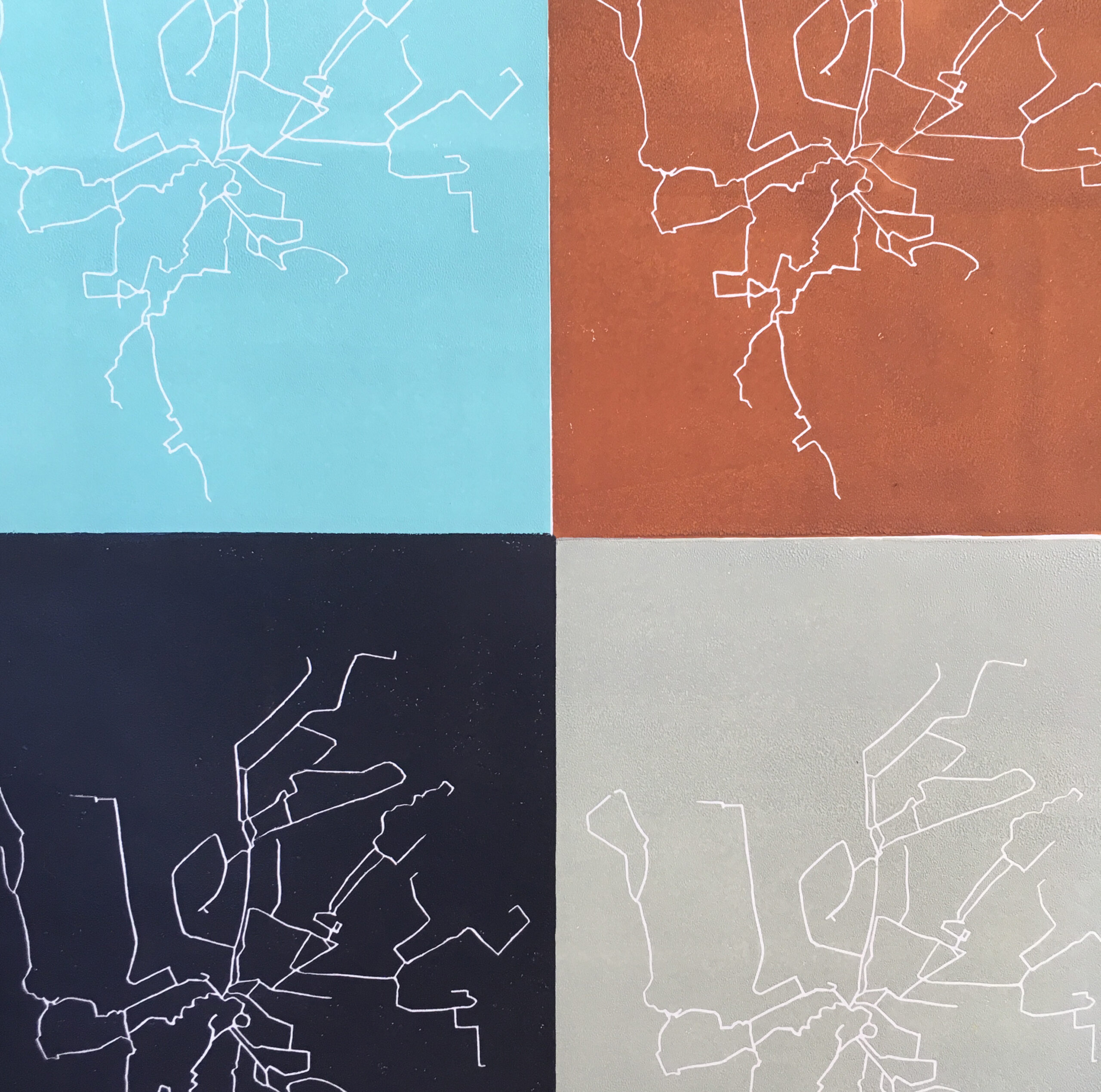
- Re-drawing wagging lines.
Looking back over my 2020 journal, in September it appears that I felt worried as well as eager to restart the residency, after a break during the first lockdown I wrote a line about drawing a circle around the pause, but leaving it unfinished with a line wagging like an irritable cat’s tail. Life at home had become nuanced with small and tender changes but the residency interrupted that, and committed me to the art I wanted to make, and which I did make.
With the help of that deadline I travelled through to-do lists, finished things, and Library of Litter actually happened. I relearnt that editing is key, adjustment is the show and surprises happen. What was meant to be a supplemental workshop turned into a sound walk encompassing seventeen pieces, each containing several sound files that took weeks to write, record, edit, program and test. My stressed memory led to a dash to and from the gallery 30 minutes before the zoom event with a key to let us in. Thank you, Mindy, for this as well as for all the other things you have helped me with.
I have also learnt that my family are brilliantly supportive, excited for me and to be doing something different for a change.
So, the point of writing this last blog is to sum up what the graduate residency did for my practice. There is no question that it has helped me develop and transition to working as a professional artist. Not many graduate artists get a flexible period of research and development straight after their degree, and I am fully grateful that I did.
The intention of programmes like this are to assist student artists to become emerging artists after graduation – the point at which many stop, discouraged by myriad reasons: time, funds, self-confidence, space to make work, etc.
Emerging artists need to figure out the shape of their careers as professional artists. Not only to work out how their work will develop and how to build their careers, but to come up with ways to fund themselves within a culture that not only seriously underfunds the arts, but underplays their importance to that same culture and yet expects them to continue to produce meaningful work.
That said, I think that responses to an invitation to perform open research differ in style. Mine, on this occasion, was to take quiet time without the noise of academia, not that I don’t appreciate that, but I needed, this time, to dwell by myself in methodologies learned to test a chain of processes: exploring, analysing, then coming to experimentation fuelled by things and words. As a result, some areas of progress were quite unexpected and quick – such as a collaboration. Some as predictable as a pile of printed pages accumulating over time. Some – such as greater familiarity with a growing network of artists require constant cultivation. All in all I can report, at the residency’s ending, that I have found clues to fertile yet narrower areas for future investigation, a determination to keep looking and further proof of a foundation in methodology.
You can follow my work at www.janettryner.com and via Instagram @anatomyofasmile. Ground Level Investigations soundwalk through several places in South Coventry is available at: http://www.libraryoflitter.art/p/soundwalk.html . It works through the ECHOES soundwalk app which you will need to download. The link is directly under the video.
Images below are selected from new work:
- Research image from Coventry Biennial residency at The Empire renovations. More about this in Coventry Biennial’s Sixth Communique.
- Still of ‘End Papers’ from Library of Litter exhibition.
- (wip) Field walking route / Coventry vernacular – lino prints

